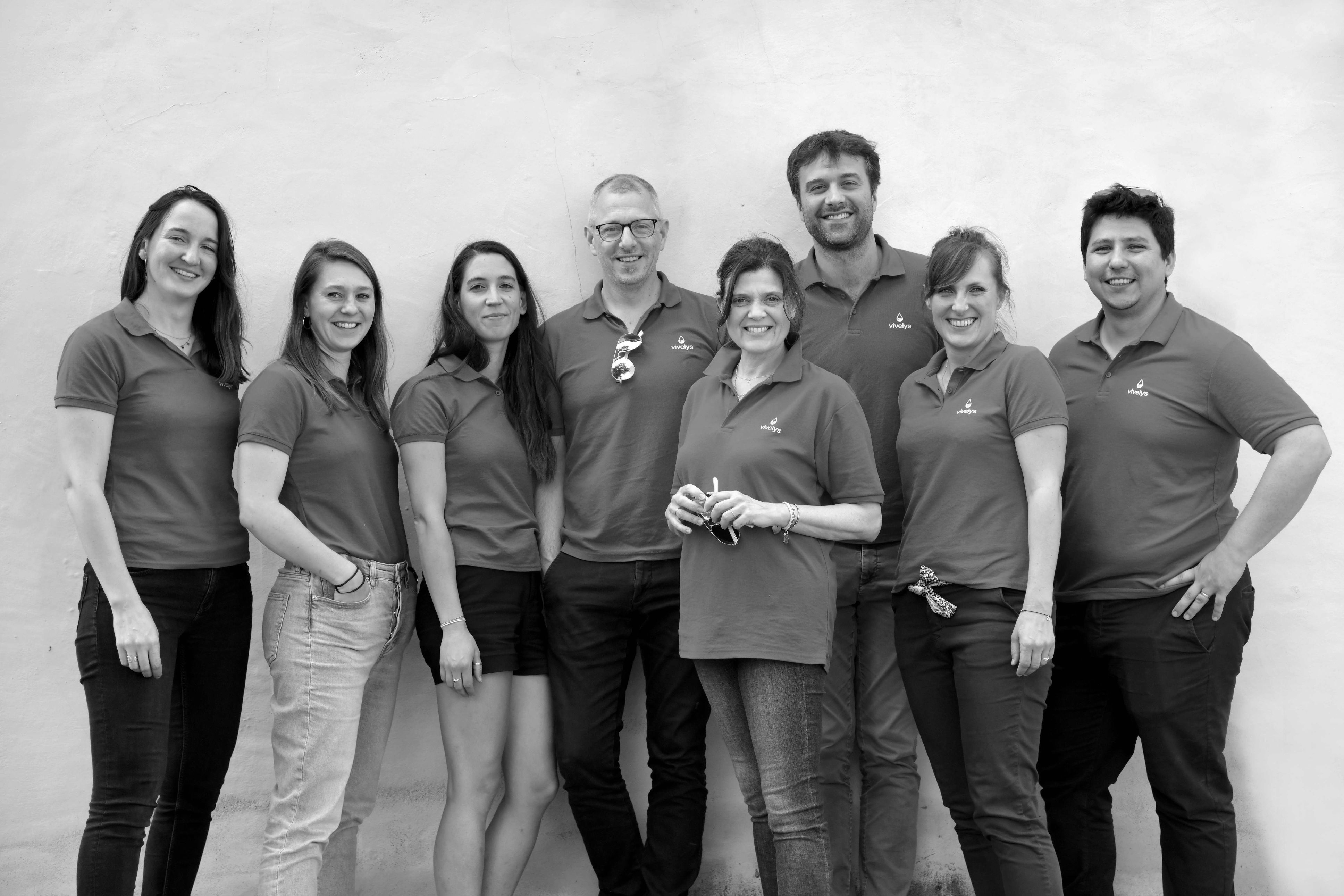Enhance the value of presses by working on mouthfeel balance right from the winemaking stage
Oak is a fabulous natural tool you can use to improve mouthfeel and clean up the aromatics of certain presses.
By correctly adjusting the amount and timing of oak chips applied to musts from different fractions, we achieve surprising results in terms of both fruity aromas and balance on the palate, without impacting fining quality.
The nose is clean and seductive on the presses, while the mouthfeel is characterized by less bitterness, an enveloping mouthfeel and a refreshing tension devoid of oaky notes.
Our tips for "gouttes" wines
- Add volume and enhance the fruit of your drops with Boisé BF chips at 1.5g/l
- If you're looking to increase fatness: 70% Boisé BF chips and 30% Boisé SC100 chips at 1.5g/l
- Place the bags of chips at the bottom of the tanks before adding the must
Our tips for hearts and end of presses :
- Combine volume and freshness with our FR premix made from our 2 flagship rosé shavings, at 2g/l.
- Or choose a blend of Boisé BF and Boisé AFR (25%-75%), again at 2g/l.
- For the heart of the press, opt for a later addition at 30% AF, so as not to impact fining quality.
- For the end of the press: place the bags of shavings at the bottom of the tanks before adding the must.
Oxygenate your rosés correctly to avoid reduction!
There are many sources of reduction. One is yeast stress, which can be caused by a lack of oxygen during AF.
The amount of oxygen you add to your wine is important, but the speed with which you dose it is just as crucial!
Today, we have precise knowledge of oxygen consumption by yeasts, which enables us to regulate the flow of oxygen optimally. In this way, we efficiently deliver the right amount of oxygen to ensure yeast survival and prevent the production of hydrogen sulfide (H2S), which is responsible for reduction.
Team tips

An oxygen supply of between 5 and 10mg/l at Vmax prevents the onset of reduction.
Vivelys micro-oxygenation units (Visio and Visio S) are also equipped with a macro-oxygenation program (cliquage).
How to detect the right moment to add oxygen?
Track your fermentation kinetics with the KYP application on your smartphone.